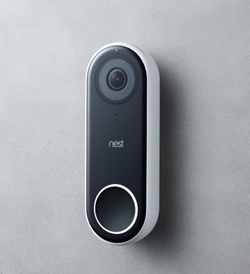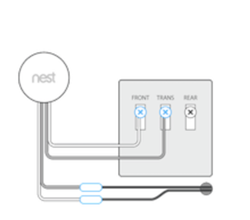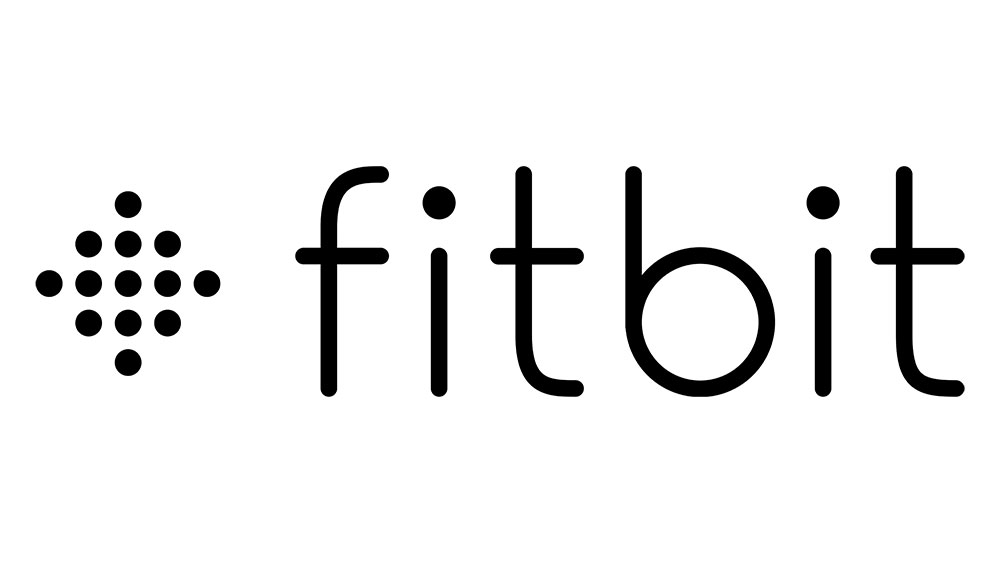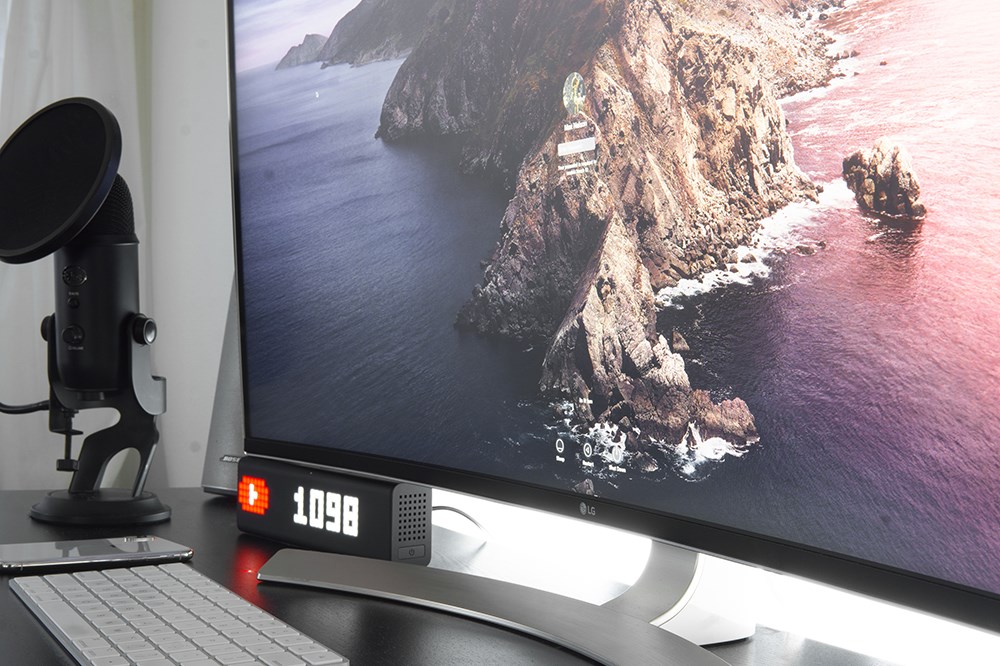How to Check Nest Hello Compatibility

The Google Nest Hello is a fascinating device. Its range of powers is not only unmatched at this point of time, it’s pretty much the trendsetter when it comes to hardwired smart doorbells available in the market right now.
What Sets It Apart?
The reason that the Nest Hello has made such a remarkable landfall since its introduction in early 2018 are many. None of them is perhaps more important than the HD quality, crisp image quality that the Nest Hello provides to its users – even at night time. Other HD doorbells come close, but we all know that Google takes the cherry when it comes to the camera on their devices. The Pixel, anyone, eh?
But that’s not even it. The Nest Hello doesn’t turn on its camera only when it detects some motion, its camera is switched on 24/7. Yes, you heard that right. It’s pretty much like a high-quality CCTV camera, but with a larger 160˚ field view. Moreover, unlike other doorbell cameras which provide their output in 16:9 HD, the Nest Hello provides its camera output in 4:3 HD. This means that you can see your front door visitor from head to toe at all times.
All this in one device, and when synced with Google’s AI, the Nest Hello recognizes familiar faces and gives you special alerts. It also boasts the ability to record messages and play them when you’re not home or if you don’t want to respond when a visitor arrives. Needless to add, you can monitor any front door activity through the synced app on your mobile devices.

But, How to Know If Your Current System Is Compatible with Nest?
Now, this is where it gets intriguing. Although the Nest Hello aims to substitute your home’s wired doorbell system, the problem is that most of them don’t deliver the voltage required by Nest Hello. Because of this, we need to find out if our current system is compatible with the Nest Hello in the first place.
This is how we can check in all possible scenarios.
Scenario One
Maybe you don’t have a hardwired doorbell installed at all. If this is the case, you’ll first need to purchase and install the optional Indoor Power Adapter. This is because no hardwiring has been done for a previous doorbell in the first place. Also, you can’t plug the power adapter into an outdoor power source because it’s not weather-proof.
The indoor power adapter can be purchased by the Google Store as well.
To get the power adapter working, you’ll need to drill a hole through your home’s exterior wall to run the power cable. In case you’re not comfortable doing it, Google provides experts to do it for you.
Scenario Two
What if you already have an advanced doorbell system with a built-in intercom or gate control? This is especially true of homes which have an outside gate located far from the front door of the house.
These systems are NOT compatible with the Nest Hello. You’ll once again need to use an indoor power adapter to get Hello working.
Scenario Three
If you’ve a wired doorbell already, you’ll need to find out how the doorbell and its chime are powered. To check this, remove your doorbell chime’s cover. Some covers will come off with no effort, while others will need to be unscrewed.
In case your doorbell has two or more wires, it will most likely work with the Nest Hello, provided the voltage requirements are met.
In case your doorbell has both wires and batteries, it will most likely work with the Nest Hello. Again, it depends on voltage requirements.
In case your doorbell is powered only using batteries, it won’t work with the Nest Hello. You can once again purchase the Indoor Power Adapter to get your doorbell working with the Nest Hello.
Checking Wire Voltage
This is probably one of the most important requirements which will decide whether your existing current system is compatible with the Nest Hello. As made clear by Google, the Nest Hello only works with wires delivering 16 – 24 AC and upwards of 10-volt-ampere for North American homes. In Europe, the power delivered in the wires should be between 12 – 24 V AC with a minimum 8-volt-ampere required.
Usually, doorbells use very little power but the Nest Hello has such specific voltage requirements because its camera records video continuously.
What to Use to Check Current Wire Voltage
You can check the voltage of the existing wires using multimeters. They are relatively inexpensive tools which give a fairly accurate reading.
However, if you’re uncomfortable working with electricity, we’d once again recommend that you contact a local Nest pro to do it for you.

Finally, You’ll Need the Chime Connector
Now that you’ve found out if your doorbell is compatible with the Nest Hello, you’ll need to connect your household doorbell system with the Google device using a chime connector. It comes included in the box with the Nest Hello. You’ll have to install it or get it installed with the help of a Nest Pro to get your old doorbell working.
The Nest Hello Is Ready to Get to Work!
These are all the compatibility criteria you need to meet in order to get the Nest Hello working with your existing hardwired doorbell system. In case you’ve specific questions about the system, comment below with your queries. We’ll tell you if your existing system is compatible with Hello, or the things you need to do in case it isn’t!
















